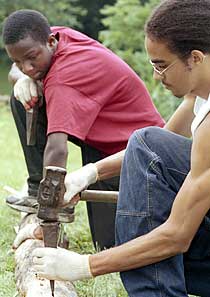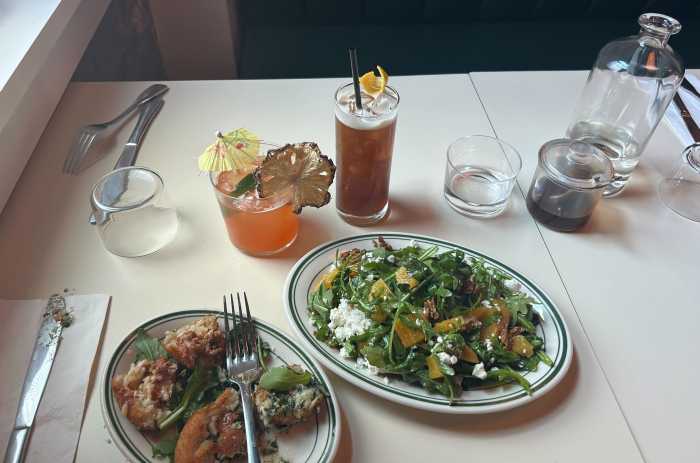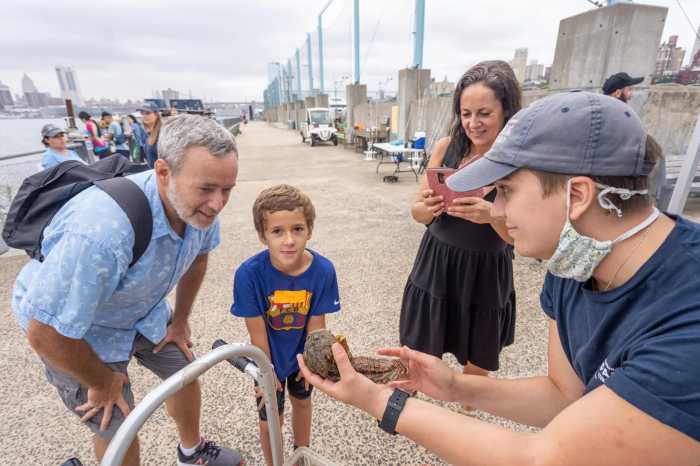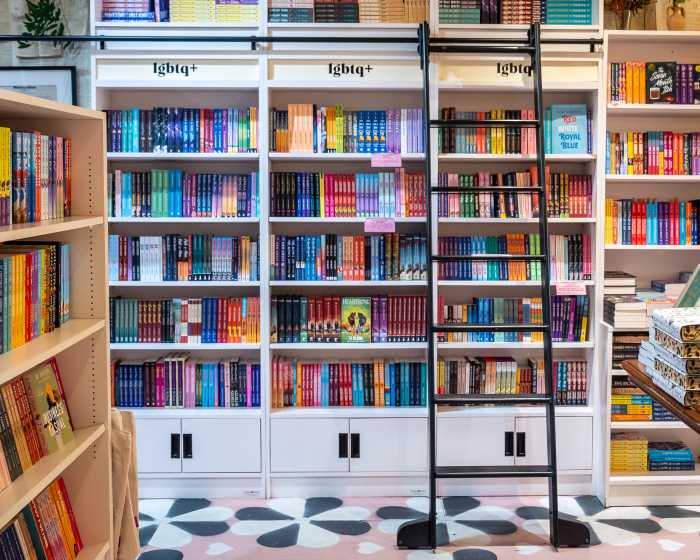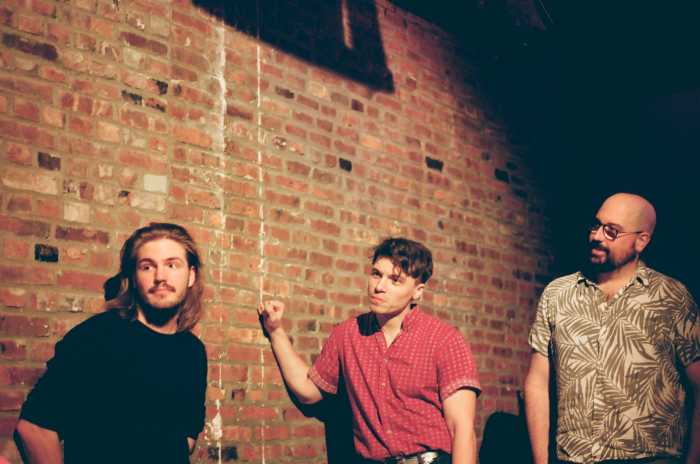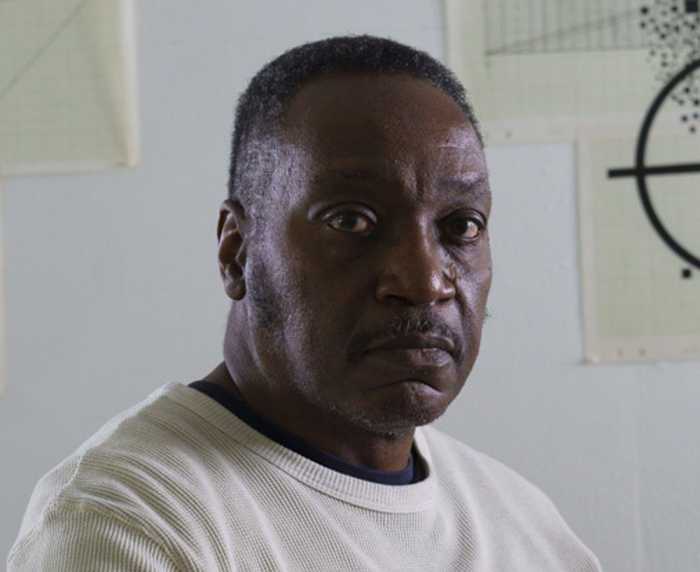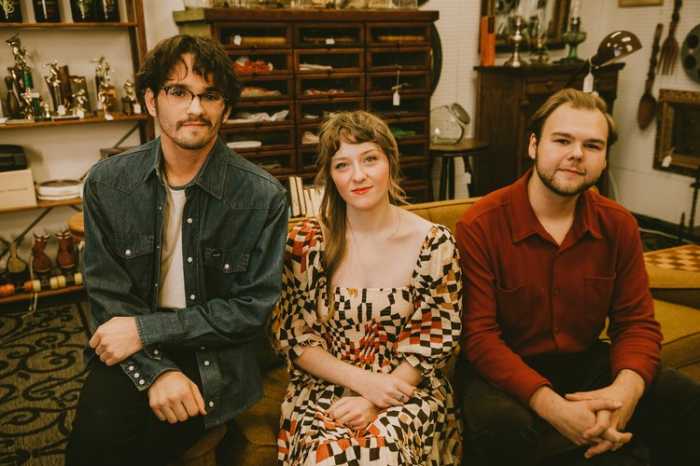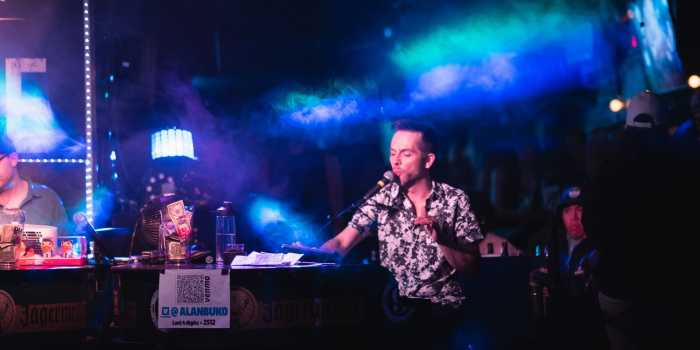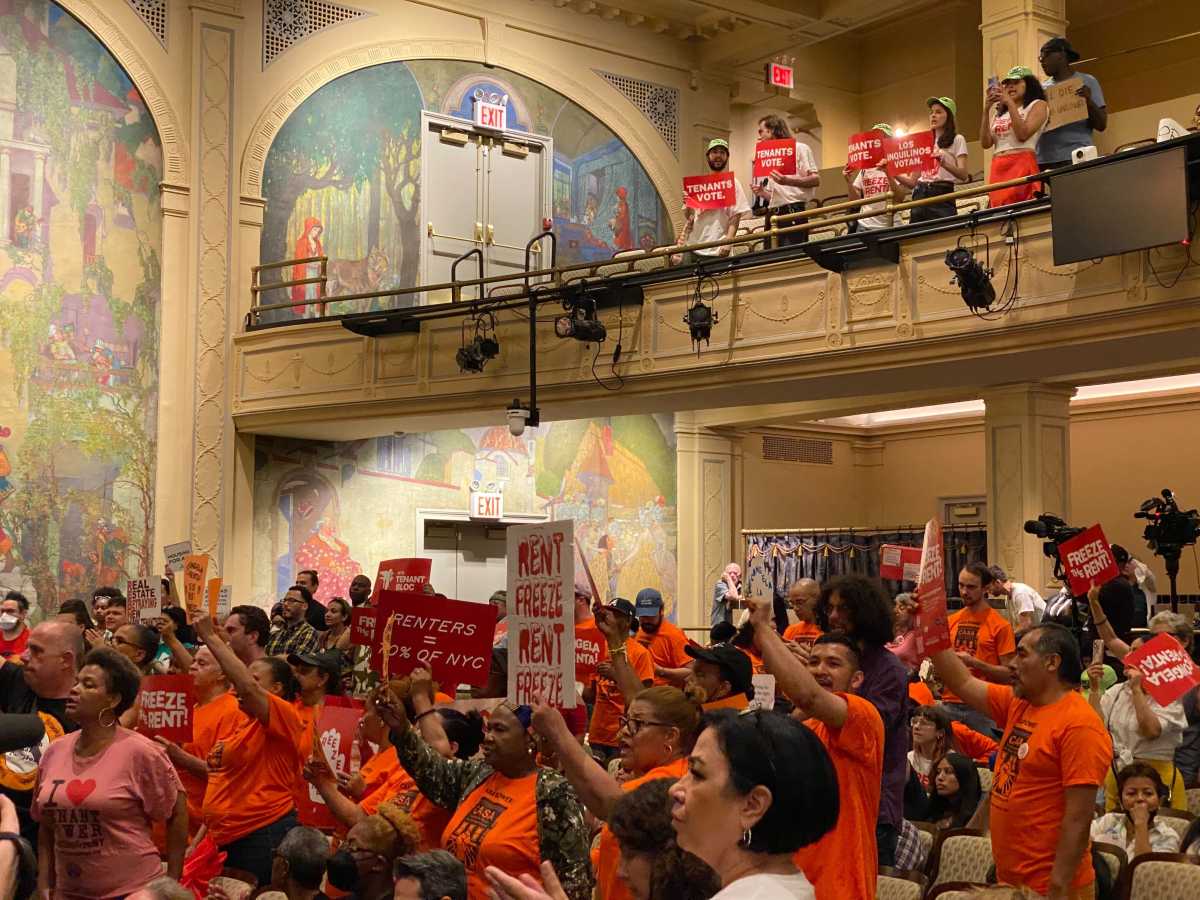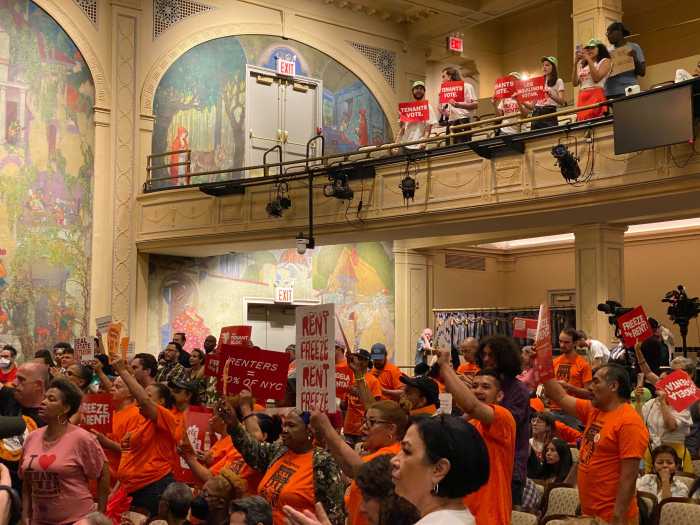The clinking sound of metal on metal carries
through the air as two young men labor over their task of cutting
locust tree logs with splitting wedges and mallets.
Drops of sweat roll down their brows as they work in the grass
– far from shade – on this steamy August afternoon, amid the
fluttering of white moths and twittering of birds.
They hoist up their long wooden posts and rails and form them
into a fence around the 18th-century fieldstone farmhouse behind
them.
Until the traffic begins to roar through the intersection of
Arthur Kill and Richmond roads in Staten Island, it seems a scene
out of a movie. And while the 16-year-olds might be using historically
accurate tools, they’re wearing very 21st-century jeans and sunglasses.
For their summer internship, Elijah Ottley and Travis Thomas
put their historic preservation skills learned at the Brooklyn
High School of the Arts, on Dean Street in Boerum Hill, to work
at Historic Richmond Town in Staten Island five days a week for
five weeks of the summer.
On Aug. 14, the last day of their internship, the young men reflected
on their time in the pastoral historic village and museum complex
operated by the Staten Island Historical Society.
Their biggest challenge was just getting to the internship.
"From Boerum Hill, it can take me an hour and 30 minutes
to two hours to get here," Thomas said of his commute from
home on trains, ferries and buses.
He said it was worth it.
"These are very motivated students," said Matt Hankins,
a member of the historical society’s restoration department.
"They have to be to do the commute and there’s no air conditioning
here."
"The rest of the interns are in offices," said Thomas.
"This is very unique to be outside, splitting logs. We would
tell our friends to do this, but they wouldn’t because they’re
lazy."
Ottley, of East New York, said he uses "a lot of measurements"
to make the posts and rails, which are placed over an existing
stone fence to give it added height and make it a more effective
barrier to animals.
Travis agreed that they used a lot of geometry and math in general
to create the fence around the historic house, once home to Joseph
Christopher. During the American Revolution it was used as a
meeting place of the Richmond County Committee of Safety.
Eventually, according to Restoration Specialist John Abb, who
supervised the interns, the Christopher House’s interior will
be completely restored and will be open to the public.
"It just doesn’t look like it’s a part of New York City,"
said Thomas, who enjoyed bird watching while he worked, but did
object to the "nasty bugs."
Abb said he enjoyed overseeing the interns.
"It’s very important," said Abb. "We’re only here
for just so long. It’s part of our job to maintain these structures
for the future, but it’s also our responsibility to pass on that
knowledge, respect and responsibility to take care of our heritage
to the next generation. There should be a teaching component
with everyone who does this kind of work.
"In this field, we forgot traditional trades and we have
to reteach and relearn how to do things in a traditional way,"
said Abb. "In other cultures, such as Japan, they carry
on traditions. They can still build a tea house with bamboo.
There’s an emphasis on preserving the old ways as opposed to
the American emphasis on what’s new."
Brooklyn High School of the Arts Principal Robert Finley said
his was the first high school in the nation to have preservation
arts as a major.
"New York City is one of the most landmark-rich cities in
the world and it is in desperate need of architects and artisans
to restore these buildings," said Finley.
The Christopher House is rare because it has survived. Other
stone farmhouses were dismantled over time so the stones could
be used in fences, explained Janet Falk, director of institutional
advancement at Historic Richmond Town.
Ottley said that in addition to creating the authentic fence
and learning blacksmith techniques, he was fascinated by the
exhibit titled "Indelible Memories: September 11 Memorial
Tattoos," by photographer Vinnie Amesse, on display in the
1848 county clerk’s building.
Although both Thomas and Ottley said they are interested in careers
in animation rather than hands-on historic preservation, Kate
Burns Ottavino, of the New Jersey Institute of Technology Center
for Architecture and Building Science Research, which designed
the curriculum for Brooklyn High School of the Arts, said that
was OK, too.
"Even if they don’t go into preservation as a career, they
will walk away with a sense of appreciation for and a profound
knowledge of preservation and a sense of history as a living
dynamic of which they’re a part," said Ottavino.
After two years of preparatory courses in historic preservation
in ninth- and 10th-grades – with classes focusing on the benchmarks
Weeksville and Green-Wood Cemetery – students majoring in Preservation
Arts take two years of studio in which they study building materials
and technologies used to build historic buildings, the physical
means by which they deteriorate and how they are preserved.
Students in the program receive a Career Technical Education
diploma that will enable them to enter the preservation industry’s
workforce upon graduation or go on to higher education.
Ottavino believes that the interdisciplinary curriculum will
make the Preservation Arts students winners on the Regents exams.
"We expect our students to do even better because they apply
their academic knowledge. In answering why the Brooklyn Bridge
needs to be restored, they apply math, science, English and history,"
said Ottavino, who conceived of the program in 1993 and has worked
"10 years to make it a reality."
Ottavino’s family has operated a stone business in Ozone Park
for 90 years, she explained, and she, too, is a stone cutter
who now has a degree in architecture and a masters in historic
preservation from Columbia University.
She says that "this September will see 15 kids entering
Brooklyn High School of the Arts with a major in preservation
arts."
"So far there has been a very positive response from the
students and the teachers and the site sponsors: architects,
masons, conservators – we run the gamut of what makes the industry,"
said Ottavino. "And when they graduate, they are qualified
as an entry-level apprentice in any endeavor, from carpentry
or stained glass, that they are pursuing.
"Forty percent have gone directly into the artisan context
and the rest to higher education," said Ottavino. "This
program is a success and it will spread to other schools."
Brooklyn High School of the Arts is
located at 345 Dean St. at Third Avenue in Boerum Hill. For more
information about the Historic Preservation Arts and Technology
Program, call (718) 855-2412.


